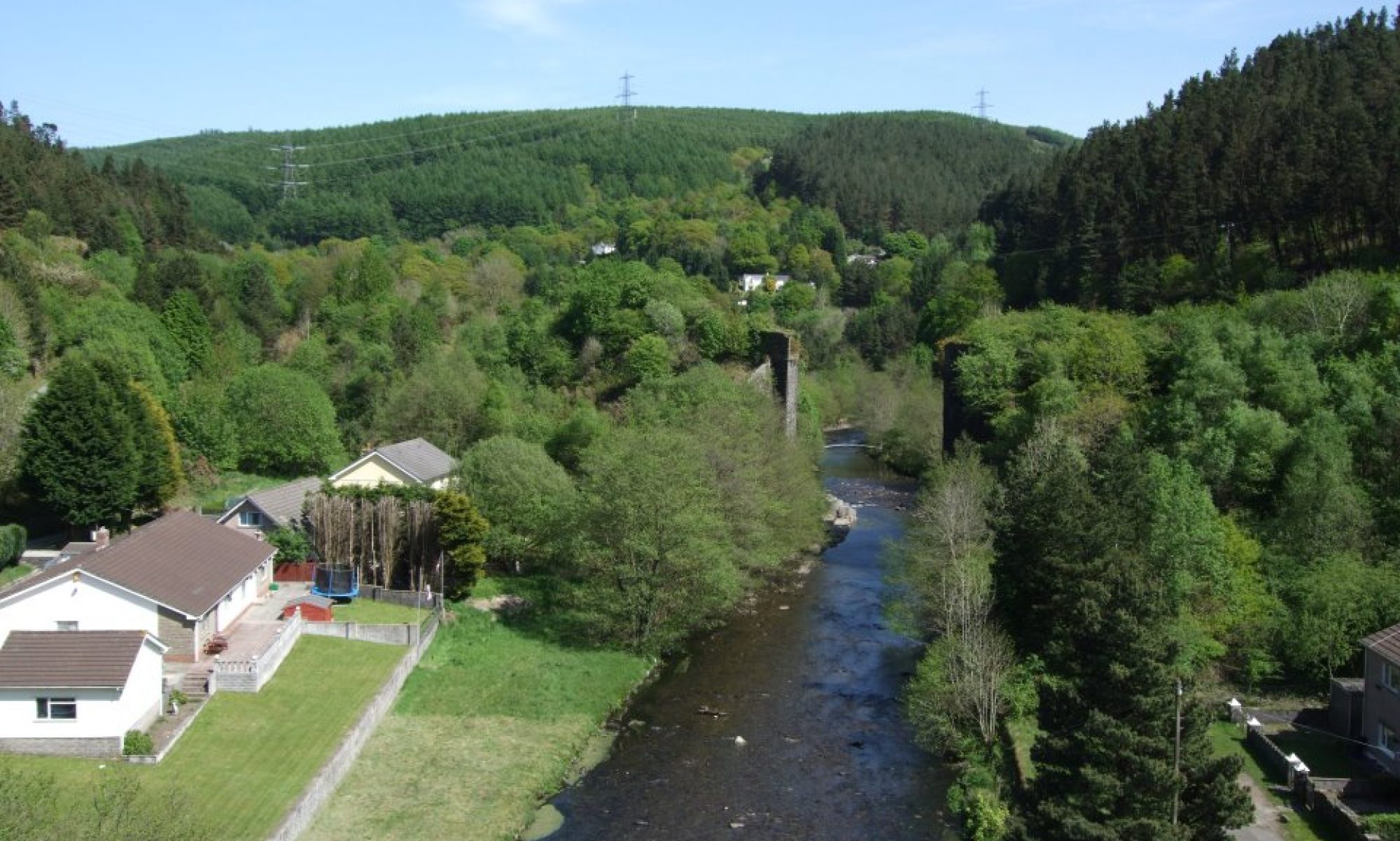History revisited
As a native born and bred Cwmafan boy with a love for fishing the River Afan, I’d long wanted to produce an easy-to-read, illustrated history of the valley, village, and river all named Afan. I made a superficial start some years ago, and subsequently decided to expand the work. It continues to be a work in progress.
Note that this site is not intended to replace any of the many excellent comprehensive historical works available online and in print; Some of these works have been used to supplement my own knowledge and recollections, and as a reference to fact-check some of the content here (see the list of References).
Photographs on this site came from various sources, including those taken by me (while living in Cwmafan &/or during return visits), scans from old photos discovered in family archives, photos sent to me by others, photos used with permission, or photos shared online. If You think I’ve inadvertently infringed on your copyright, please let me know.
Etymology (what’s in a name?)
Afan is the name of the river for which the valley is named, and Afon is the Welsh word for river. So, River Afan would correctly be translated to Afon Afan (in Welsh grammar, an adjective follows a noun). Furthermore, a single letter ‘f’ in the Welsh language is pronounced as the English letter ‘v’. The latter may have contributed to incorrect spelling and pronounciation, explained below.
Cwm is the Welsh word for valley. So, Afan Valley would be correctly translated to Cwm Afan, or Cwmafan. This is also the name of the village in the lower valley. However, over the years, the spelling has been corrupted, and Cwmafan has been known as Cwmavon, instead of Cwmafan. Cwmavon (or Cwmafon) would translate to the generic term “river valley”, losing the name of the river (Afan).
Similarly, the name of the nearby (downstream) town has been corrupted. Aber is the Welsh word for mouth (or estuary), and the mouth or estuary of the river Afan would correctly be translated as Aberafan, not Aberavon (or Aberafon). Aberafon would translate to the generic term “river estuary”, again losing the name of the river (Afan).
According to Place names of the Afan Valley (7), the name Afan is of pre-Celtic origin, comprised of the elements ‘a’ (meaning from) and ‘ban’/’fan’ (meaning heights), suggesting the translation ‘river from the heights’ (or mountains). Note: I speculate that, in this context, the change from ‘ban’ to ‘fan’ is possibly a soft mutation under one of the rules of Welsh grammar.
According to The Afan Fisheries (16), Afan Valley Angling Club Life President Glan Williams postualted that the name was originally Afanc, meaning beaver. According to Welsh mythology, Afanc was native to Wales until Medieval times. The last letter was eventually dropped.
Aberafan was/is also referred to as Port Talbot. According to Wikipedia (15), Christopher Rice Mansel Talbot was a Welsh landowner, industrialist and Liberal politician. He developed his estate at Margam as an extensive ironworks, served by railways and a port, which was renamed Port Talbot.
